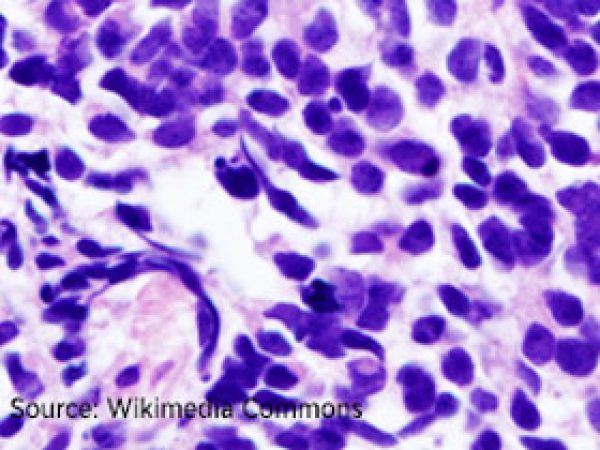Extragonadal Germ Cell Tumors

“Extragonadal” means outside of the gonads, the sex organs. When cells that are meant to form sperm in the testicles or eggs in the ovaries travel to other parts of the body, they may grow into extragonadal germ cell tumors. These tumors may begin to grow anywhere in the body but usually begin in organs such as the pineal gland in the brain, in the mediastinum, or in the abdomen.
Benign extragonadal germ cell tumors, which are more common than malignant extragonadal germ cell tumors, are known as benign teratomas. These tumors can be very large and are treated via surgery.
Malignant extragonadal germ cell tumors are divided into two types, nonseminoma and seminoma. Nonseminomas tend to grow and spread more quickly than seminomas. These can also be very large, and if left untreated, can spread to the lungs, lymph nodes, bones, liver, or other parts of the body. Treatment can involve radiation, chemotherapy, and/or surgery.
Age and gender can affect the risk of extragonadal germ cell tumors. Risk factors for malignant extragonadal germ cell tumors include being male, being age 20 or older, and having Klinefelter syndrome.
Extragonadal Germ Cell Tumors Treatment (PDQ®)Source: National Cancer Institute



